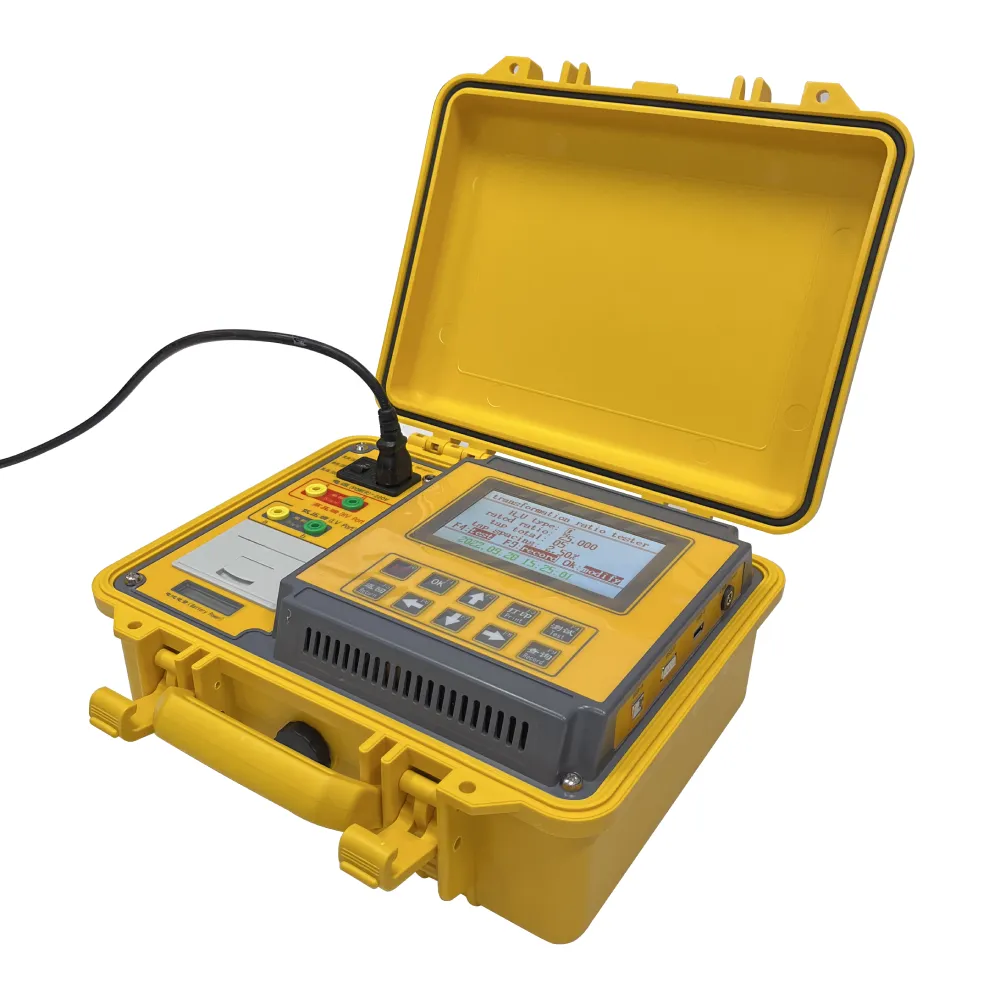 English
English


kinematic viscosity measurement instrument
Kinematic Viscosity Measurement Instruments An Overview
Kinematic viscosity is a vital property of fluids that plays a crucial role in various industrial applications, such as lubrication, fluid dynamics, and chemical processing. It measures the internal resistance of a fluid to flow under the influence of gravity, providing insight into how a fluid will behave in different conditions. To obtain accurate measurements of kinematic viscosity, a variety of instruments are available, each with its own principles and applications. This article explores several common instruments used for measuring kinematic viscosity, their working principles, and their relevance in industrial practices.
1. Capillary Viscometers
Capillary viscometers, also known as Ostwald or Ubbelohde viscometers, are among the most commonly used instruments for measuring kinematic viscosity. These devices operate on the principle of fluid flow through a narrow capillary tube. The time taken for a specific volume of fluid to pass through the tube is measured, and the kinematic viscosity is calculated using the equation derived from Poiseuille's law.
Typically, a capillary viscometer consists of a glass tube with marked reservoirs at both ends. The fluid is drawn into the tube, and the time for the liquid to flow between two predetermined marks is recorded. This measurement is then multiplied by the viscometer constant to yield the viscosity value. Capillary viscometers are favored for their simplicity, low cost, and high accuracy, particularly in laboratory settings.
2. Rotational Viscometers
Rotational viscometers measure the viscosity of a fluid by applying a rotational shear force. These instruments consist of a spindle immersed in the fluid, which rotates at a constant speed. The torque required to maintain this speed is correlated to the fluid's viscosity.
Rotational viscometers are versatile and can measure a wide range of viscosities, making them suitable for both low and high viscosity fluids. This type of viscometer is particularly useful in industrial applications where properties such as shear-thinning or shear-thickening behavior are crucial. Additionally, some advanced rotational viscometers provide real-time data, allowing for continuous monitoring of viscosity changes during processes.
kinematic viscosity measurement instrument

3. Falling Ball Viscometers
A falling ball viscometer measures kinematic viscosity based on the time it takes for a ball to fall through a fluid under the influence of gravity. The instrument consists of a calibrated tube filled with the fluid, and a ball is dropped into it. The time taken for the ball to fall a certain distance is measured and used to calculate viscosity.
This method is particularly suitable for Newtonian fluids, where the viscosity remains constant regardless of the shear rate. Falling ball viscometers are easy to use and provide quick measurements, making them favorable for applications in quality control and process monitoring.
4. Vibrational Viscometers
Vibrational viscometers utilize the principle of vibration to determine kinematic viscosity. These instruments typically consist of a vibrating element immersed in the fluid. The frequency and amplitude of the vibrations are affected by the fluid's viscosity, allowing for direct measurement.
Vibrational viscometers are known for their rapid measurement time and can be used in real-time applications. They are particularly advantageous in situations where traditional viscous measurement methods may be impractical, such as in pipelines or in-line processing.
Conclusion
Kinematic viscosity measurement is crucial in various science and engineering fields, influencing the design and operation of equipment and processes. The selection of an appropriate viscosity measurement instrument depends on several factors, including the type of fluid, the required accuracy, the measurement range, and the specific industrial application. From traditional capillary viscometers to advanced vibrational instruments, each type offers unique advantages and plays an essential role in ensuring the quality and performance of fluids across multiple industries. As technology advances, the development of new measurement techniques is likely to enhance our understanding of fluid behavior, paving the way for improved efficiency and innovation in fluid-related processes.
-
Differences between open cup flash point tester and closed cup flash point testerNewsOct.31,2024
-
The Reliable Load Tap ChangerNewsOct.23,2024
-
The Essential Guide to Hipot TestersNewsOct.23,2024
-
The Digital Insulation TesterNewsOct.23,2024
-
The Best Earth Loop Impedance Tester for SaleNewsOct.23,2024
-
Tan Delta Tester--The Essential Tool for Electrical Insulation TestingNewsOct.23,2024





